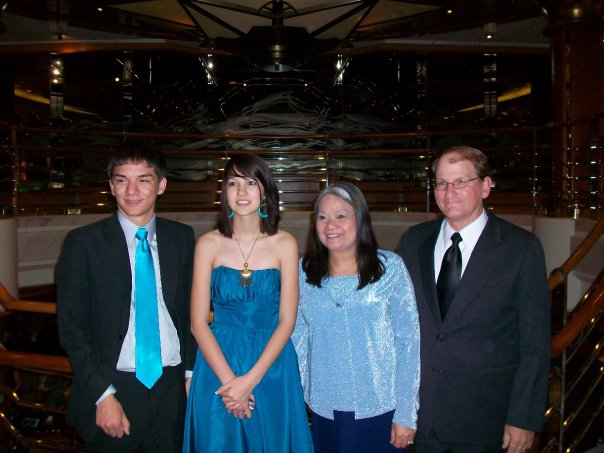
“Angela was unique. She was a trendsetter … one in a million. The disease that took her was one in a million. Even in death, she stood out from the crowd.” These poignant words are from the eulogy for 22-year-old Angela Anderson, a young woman who was taken too soon by a rare genetic condition known … Read more
Shortly after the article was published in the News Gazette, the reporter, Tom Kacich, received the following email: Hello Tom, I’m hoping you can help me. My name is Carrie Victor. On 12/20/2016 I was diagnosed with toxic epidermal necrolysis. Fortunately, I lived to tell. Through this experience I became aware of the tragic story … Read more
Angela was unique. She was a trendsetter. Everybody says she was “cool”, but not only that, she made people around her feel cool. She had a way of making everyone feel welcome around her. People that didn’t “fit in” felt like they fit in when they were around her. Friends told me, “She was the … Read more
On December 23, Angela had plans to go out with her friends but cancelled because she had a fever and didn’t feel good. She took ibuprofen for the fever and went to bed. On Christmas Eve Angela texted her mother, Wanpen at 2:38 pm showing a picture of her eye infection and complaining of pain. … Read more
We were honored to once again visit the research lab of Dr. Elizabeth Phillips at Vanderbilt University Medical Center in Nashville. The research is tedious, complex and encouraging! There are currently 24 sites across the US and Canada focused on the research of drug induced disease. Dr. Phillips’ Laboratory works closely with Murdoch University in … Read more
This is the speech I gave at the Genomic Medicine Meeting in Silver Spring, Maryland on May 2, 2017. I was invited by Duke University’s School of Medicine’s Center for Applied Genomics and Precision Medicine and The National Institute of Health to tell “Angela’s Story” It was not an easy story to tell but it … Read more
Sun, 12/25/2016 – 7:00am | The News-Gazette The Anderson family — son Tim, daughter Angela, Father Paul and mother Wanpen — gather for Tim’s birthday on Oct. 21, 2015. Two months later, Angela would be dead, succumbing to what doctor’s think was a rare disease of the skin and mucous membranes called Stevens-Johnson Syndrome. That young woman … Read more
by Bill Snyder | Wednesday, Dec. 21, 2016, 3:51 PM Last year Paul and Wanpen Anderson of Champaign, Illinois, were preparing to celebrate the Christmas holidays with their two children when their 22-year-old daughter, Angela, developed a rare adverse drug reaction called SJS/TEN. “It started with an eye infection on Christmas Eve,” Paul Anderson wrote in an … Read more
She will always be in our hearts!